Mexico is a fascinating country in North America, lying between the United States of America to the north, and Guatemala and Belize to the southeast. The most notable attractions are Teotihuacán ancient ruins and the Mayan city of Chichén Itzá are scattered throughout the country, cultural festivals, colonial cities, nature reserves and the beach resorts. The nation's temperate climate and unique culture – a fusion of the European and the Meso-American – make Mexico an attractive destination for travellers. Here are the top
tourist attractions in Mexico:
10. Acapulco
Acapulco (or Acapulco de Juárez) is a city, municipality and major seaport in the state of Guerrero on the Pacific coast of Mexico. The city is best known as one of Mexico's oldest and most well-known beach resorts, which came into prominence in the 1950s as a getaway for Hollywood stars and millionaires. The cliff diving is a popular tradition in the city where people come to see the cliff divers perform their impressive jumps into the shallow stream of water of dangerous tides that forms in the bottom part of La Quebrada.
9. Cozumel
Cozumel is an island in the Caribbean Sea off the eastern coast of Mexico's Yucatán Peninsula. Most visitors travel to Cozumel to dive and see its wonderful underwater life. The main attractions are the reefs offshore and the multiple dive shops and operations are always ready to take you there. In addition, Cozumel also offers several Mayan archaeological sites. Including of "San Gervasio," and "El Caracol" temple in Punta Sur Park.
8. Mexico City Metropolitan Cathedral
The Metropolitan Cathedral of the Assumption of the Most Blessed Virgin Mary into Heaven is the largest cathedral in the Americas, and seat of the Roman Catholic Archdiocese of Mexico. Built over the ruins of a former Aztec temple this Spanish construction has great historic significance and is one of the finest buildings in Mexico City’s historic center. The cathedral was constructed over a period of over two centuries, between 1573 and 1813. Its design is a mixture of three architectural styles that predominated during the colonial period, Renaissance, Baroque and Neo-classic. Nowaday, it is one of the most amazing tourist attractions in Mexico.
7. Copper Canyon
Copper Canyon is a canyon system in the Sierra Tarahumara in the southwestern part of the state of Chihuahua in Mexico. This area is rich in biodiversity, cultural history, and is the site of a growing tourist infrastructure. The attraction of the canyonlands is the natural splendor of the area. There are numerous waterfalls and hot springs hidden away in the backcountry. These are reached by hiking, horseback, or guided treks with burros.
6. Day of the Dead
The day of the dead (or Dias des los Muertos) is the most important and symbolic celebration in Mexican culture. The multi-day holiday focuses on gatherings of family and friends to pray for and remember friends and family members who have died, and help support their spiritual journey. The Day of the Dead Festival starts at the end of October, it includes building private altars called ofrendas, honoring the deceased using sugar skulls, marigolds, and the favorite foods and beverages of the departed, and visiting graves with these as gifts.
5. Los Cabos
Located at the southern tip of Mexico's Baja California Peninsula. Los Cabos consists of a large stretch of coastline that extends from the towns of Cabo San Lucas and San José del Cabo. It is a great destination for water sports like sport fishing, whale watching and water bike riding. when the Mexican government began to develop Los Cabos for tourism, numerous resorts have sprung up that cater to all tastes and budgets, from luxurious spas to golf-centered properties offering some of the best courses in North America. Today, Los Cabos is one of Mexico's top beach destinations.
4. Tulum
Situated on the Yucatan Peninsula, in Mexico. Tulum is the site of a pre-Columbian Mayan walled city serving as a major port for Cobá. It was one of the last cities built and inhabited by the Maya; it was at its height between the 13th and 15th centuries before the arrival of the Spanish. One of the best-preserved coastal Maya sites, Tulum is today a popular site for tourists.
3. Palenque
Palenque was a Maya city state in southern Mexico, dating from about 600 AD to 800 AD. It is a medium-sized archaeological site, much smaller than such huge sites as Tikal, Chichen Itza, or Copán, but it contains some of the finest architecture, sculpture, roof comb and bas-relief carvings that the Mayas produced. Set amidst thick trees, most of its areas are yet to be uncovered. This is a place of great interest for the historians, archeologists and tourists alike.
2. Chichen Itza
Chichén Itzá is the largest of the archaeological cities of the pre-Columbian Maya civilization in the Yucatan Peninsula of Mexico. The site exhibits a multitude of architectural styles, reminiscent of styles seen in central Mexico and of the Puuc and Chenes styles of the Northern Maya lowlands. The most famous landmark of Chichen Itza is the temple-pyramid of Kukulcan ( or El Castillo). This was a temple-pyramid dedicated to the Feathered Serpent God, Kukulcan. Other highlights of Chichen Itza include the Great Ballcourt, Temple of the Jaguars and El Caracol. Chichen Itza is one of Mexico's most visited tourist destinations and was recently selected as one of the New Seven Wonders of the World.
1. Teotihuacan
Teotihuacan was an ancient Mesoamerican city, is an archeological site 40 km northeast of Mexico City. It is home to some of the largest ancient pyramids in the world. Apart from the pyramids, Teotihuacan is also anthropologically significant for its complex, multi-family residential compounds; the Avenue of the Dead; and the small portion of its vibrant murals that have been exceptionally well-preserved. The city is thought to have been established around 100 BC, with major monuments continuously under construction until about 250 AD. It was the largest Pre-Columbian city in the Americas, reaching a total population of 150,000 at its height.
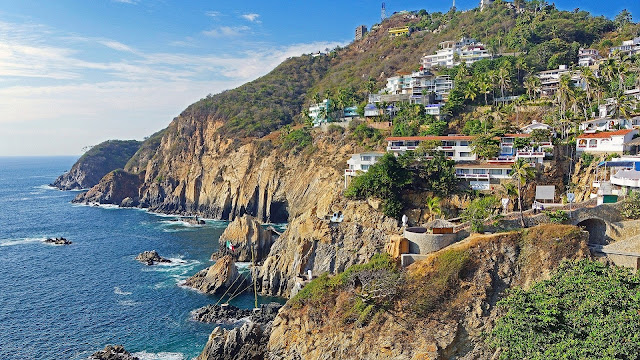


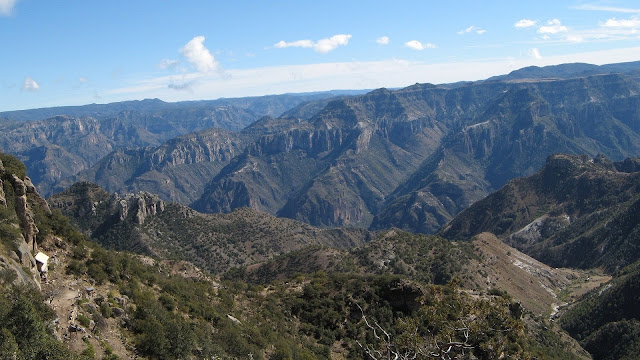
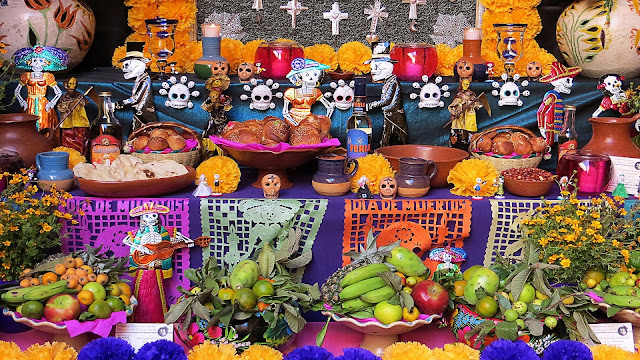
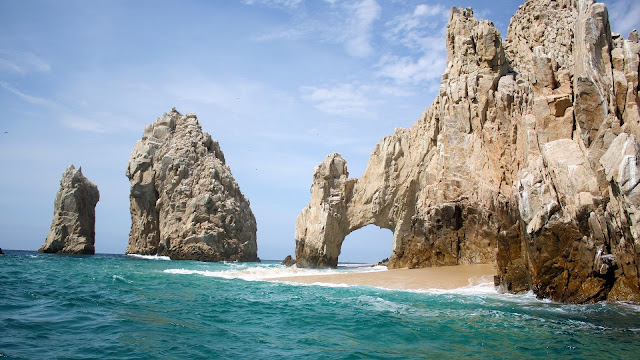
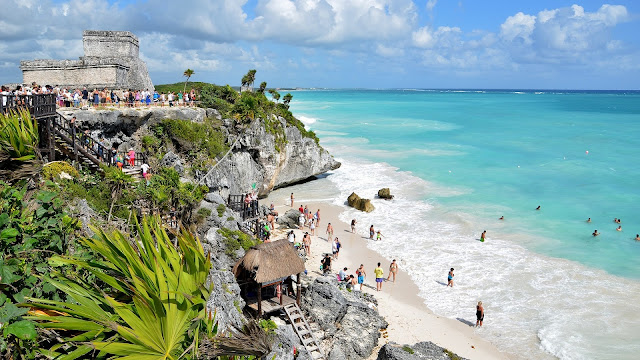

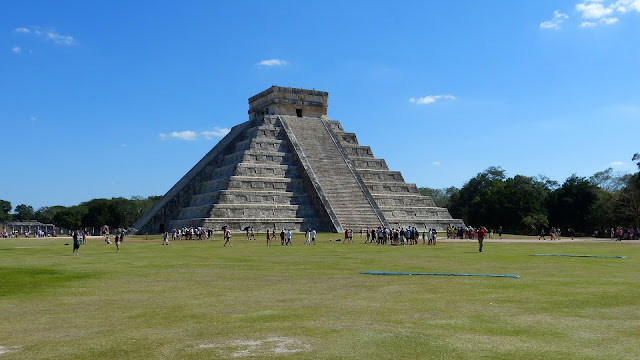

 Reviewed by Bynn Du
on
5/05/2017
Rating:
Reviewed by Bynn Du
on
5/05/2017
Rating:
 Reviewed by Bynn Du
on
5/05/2017
Rating:
Reviewed by Bynn Du
on
5/05/2017
Rating:










Không có nhận xét nào: